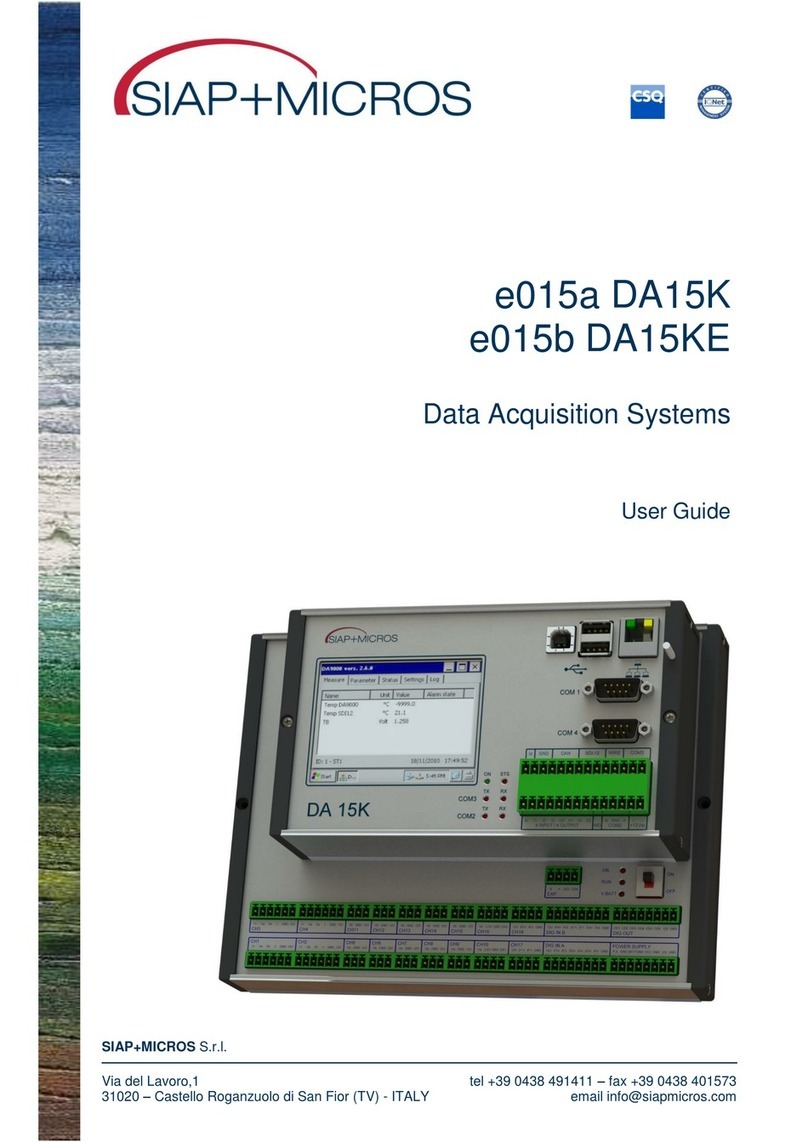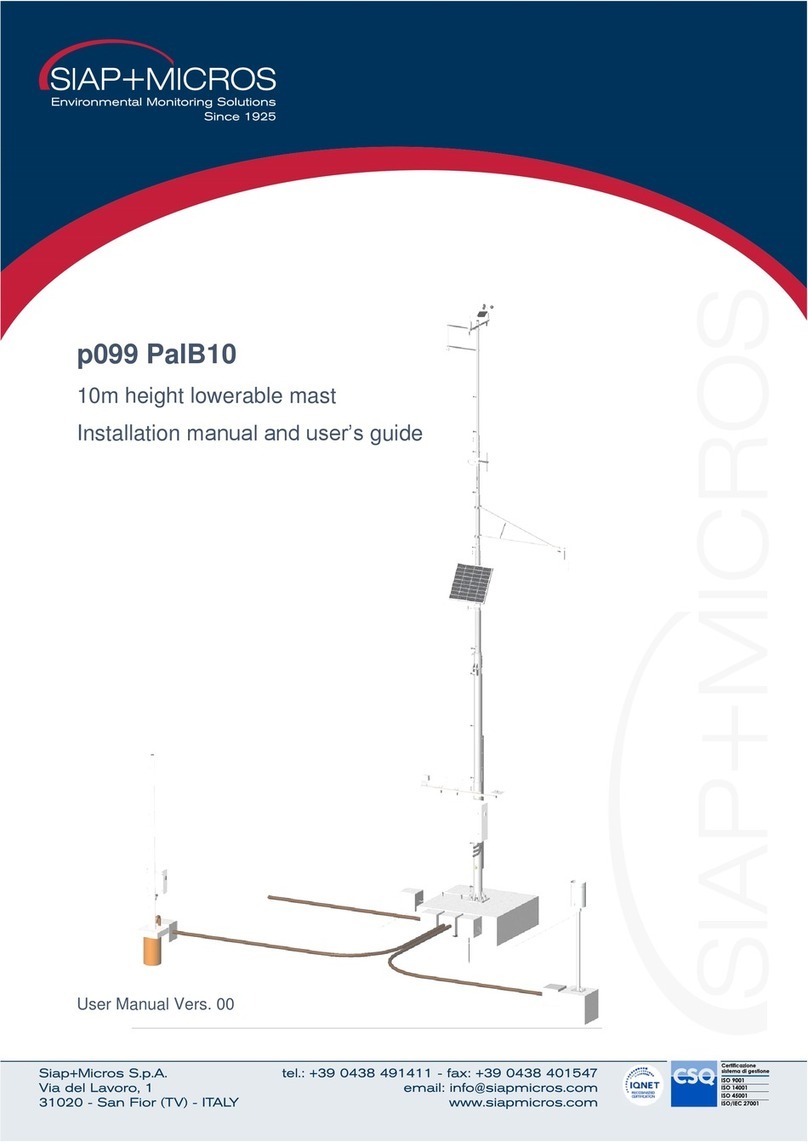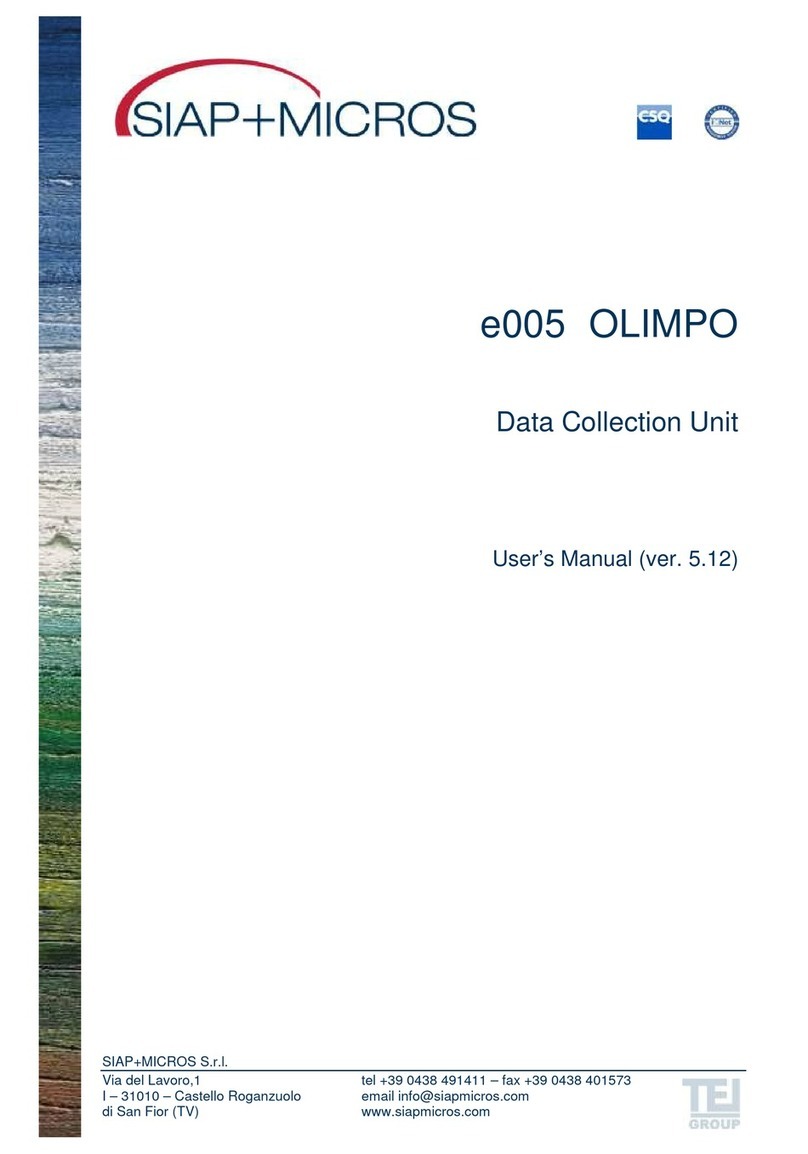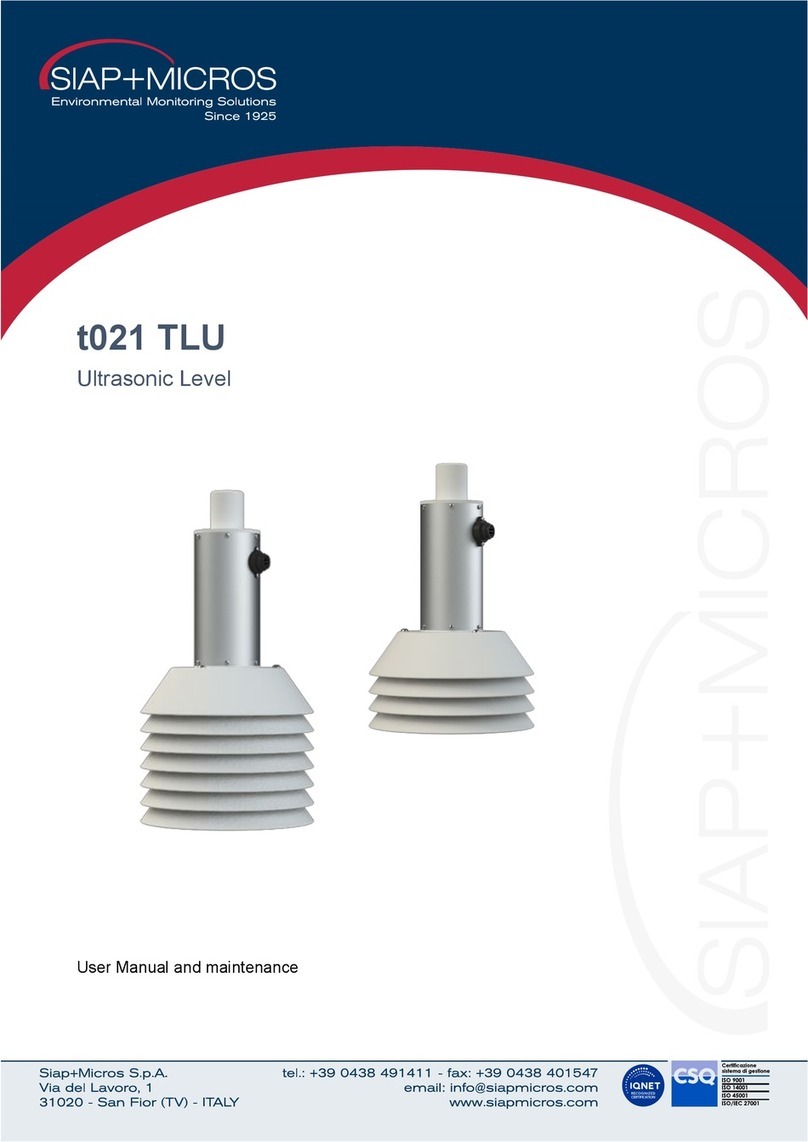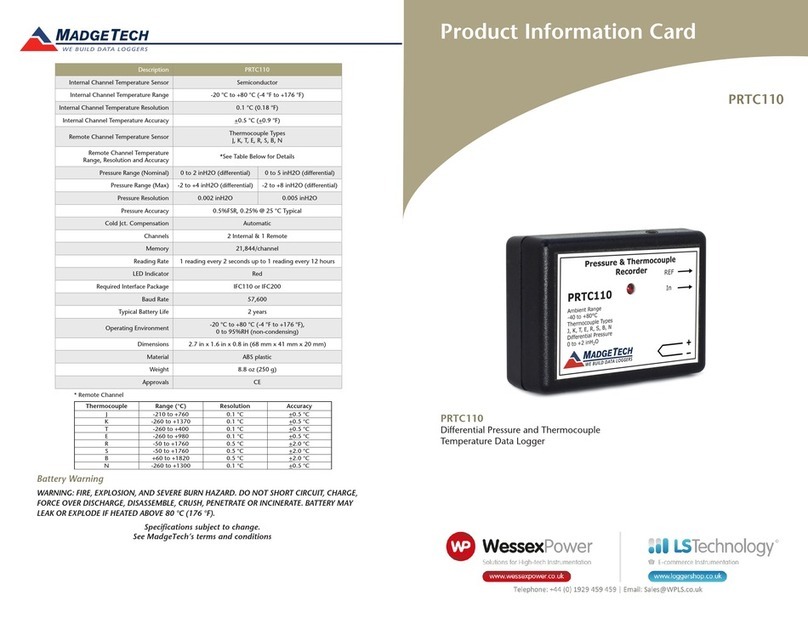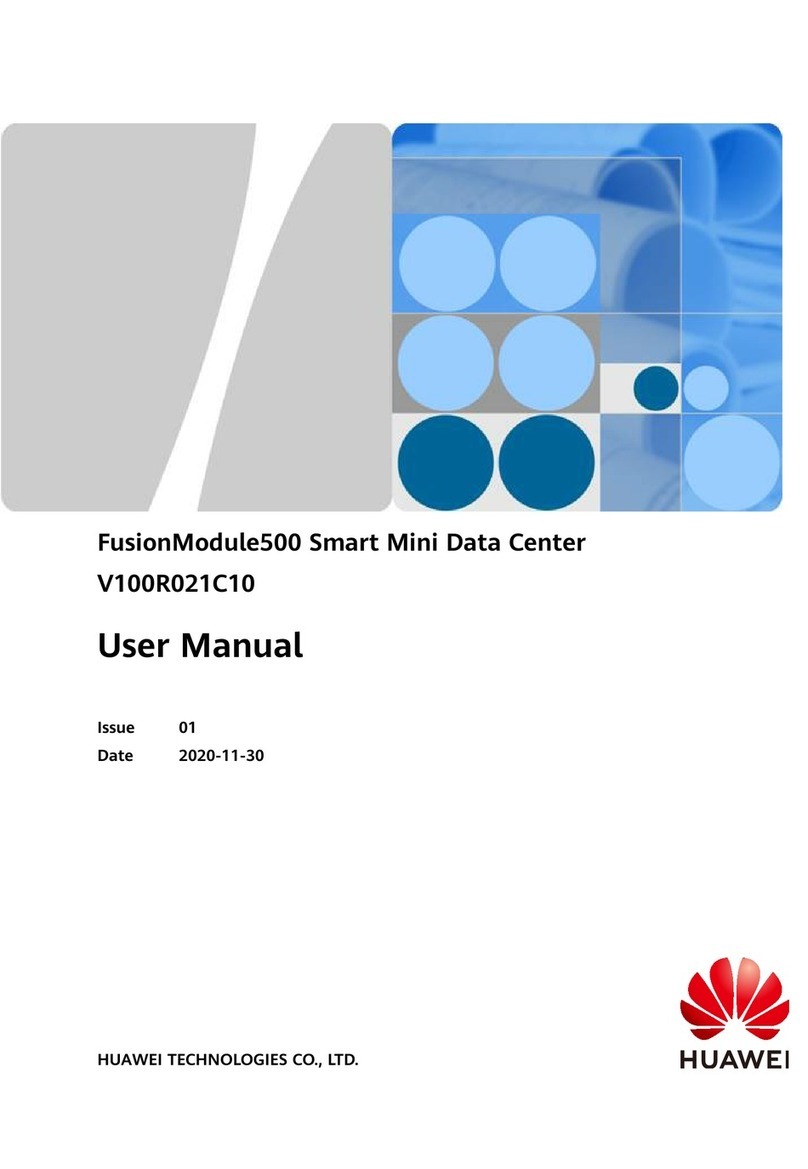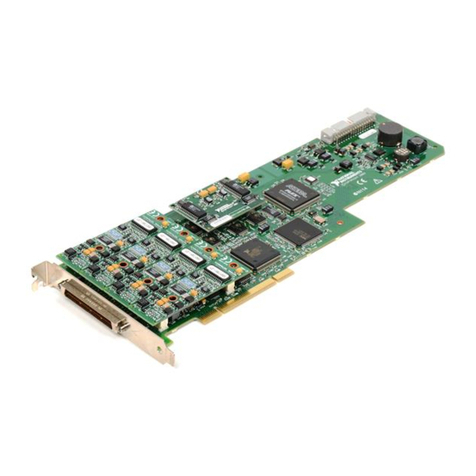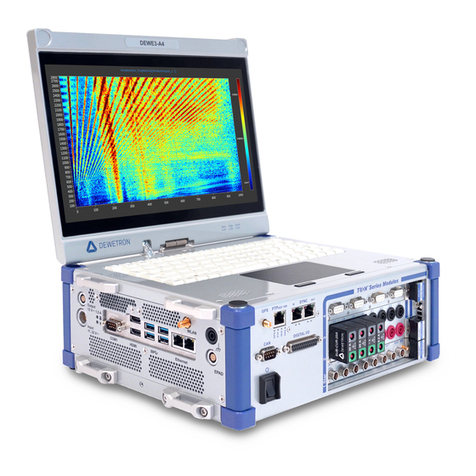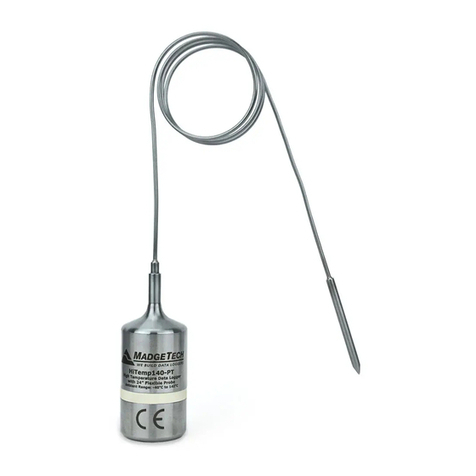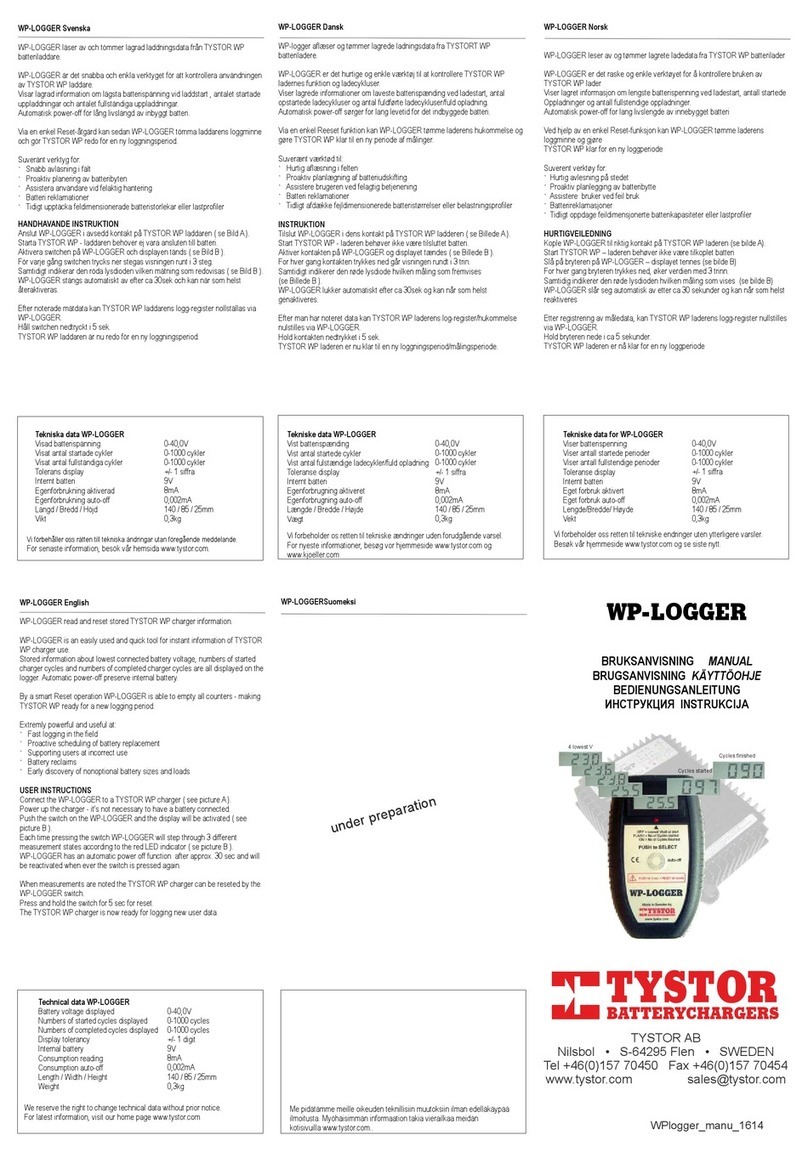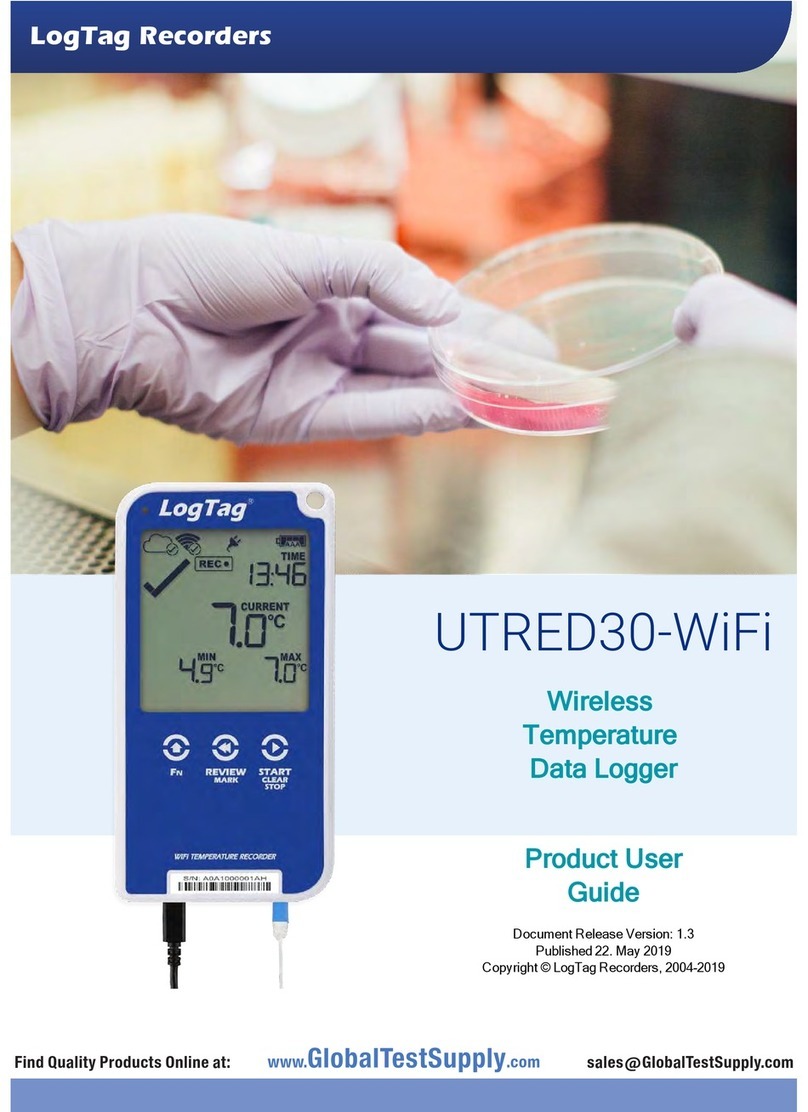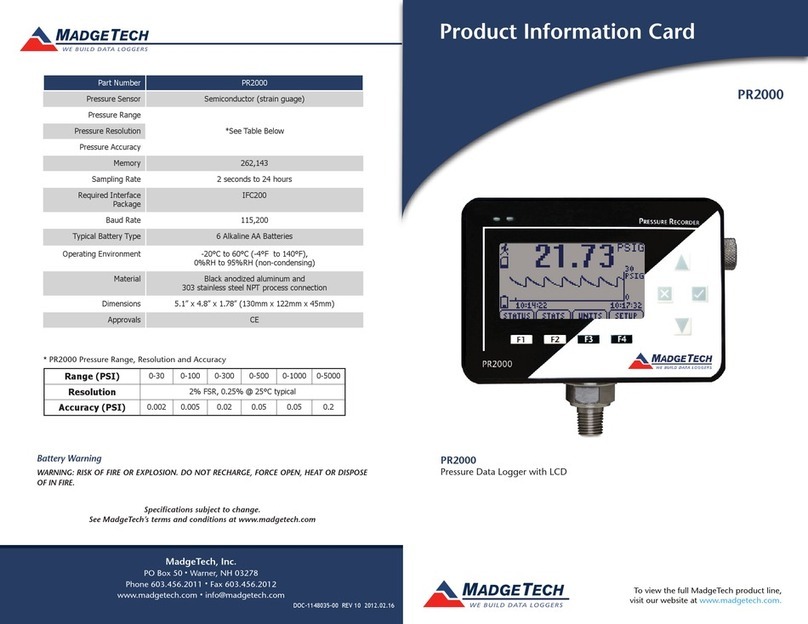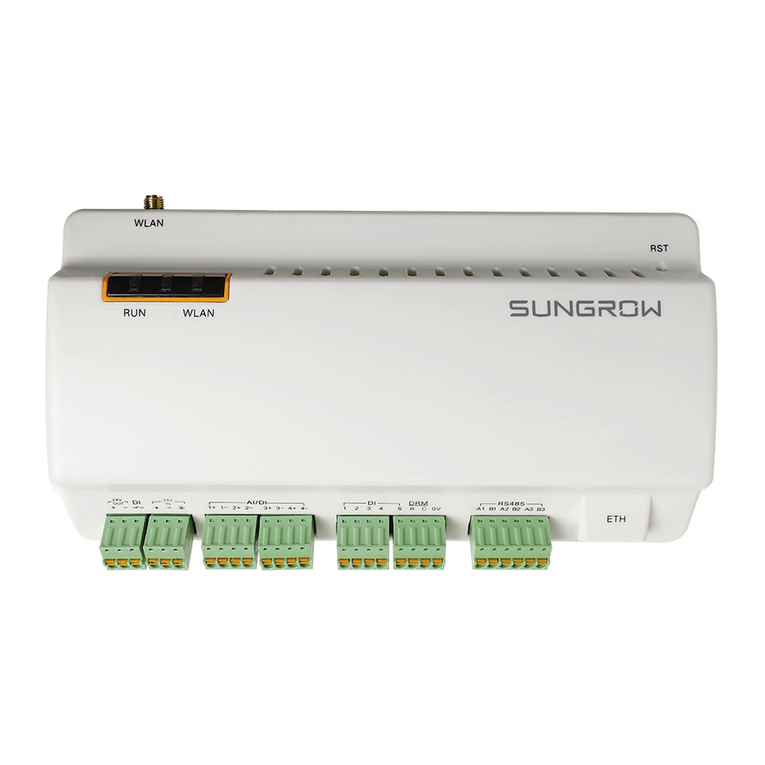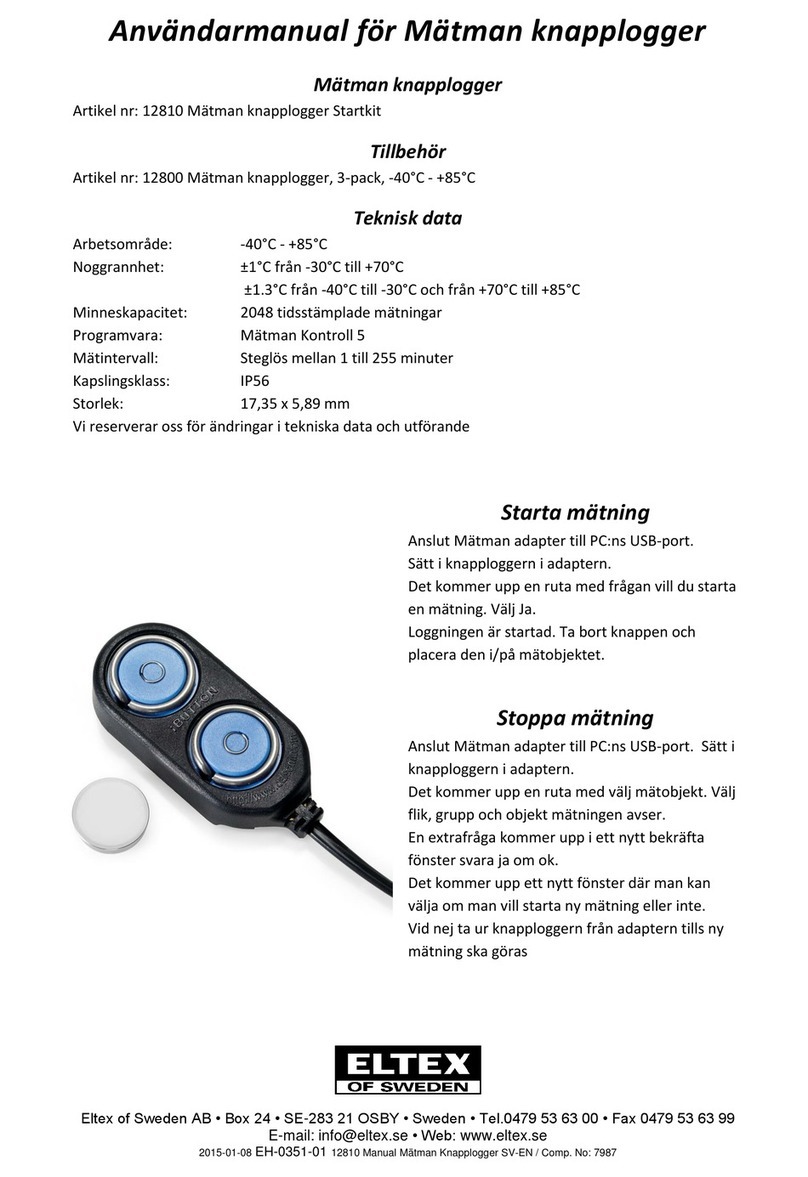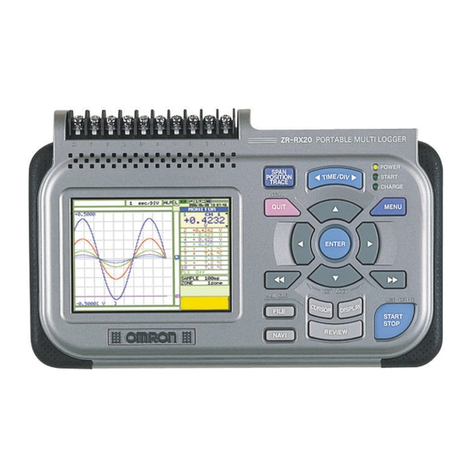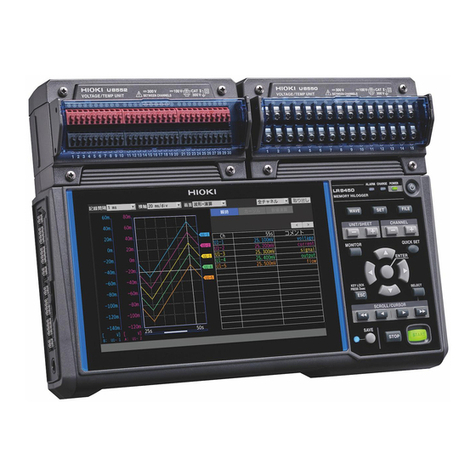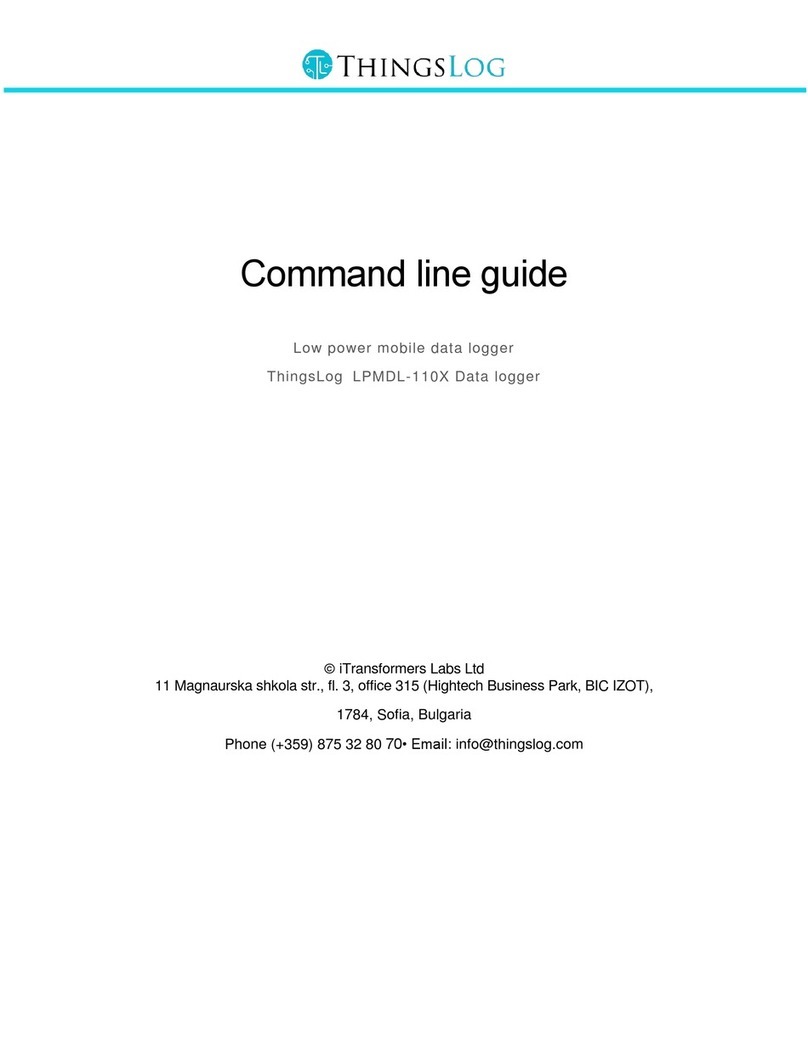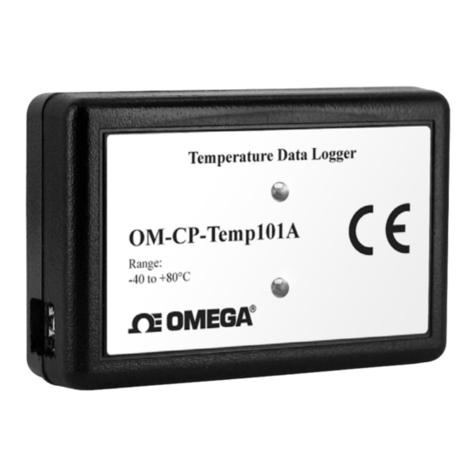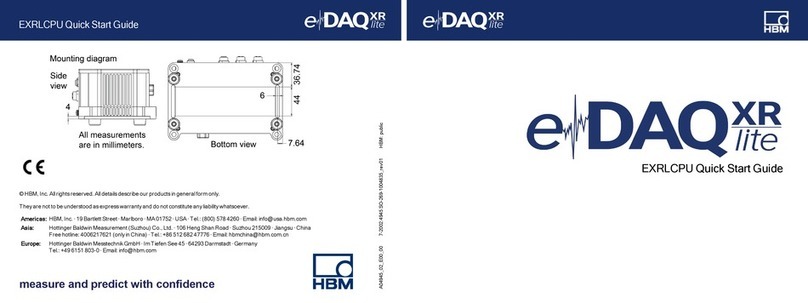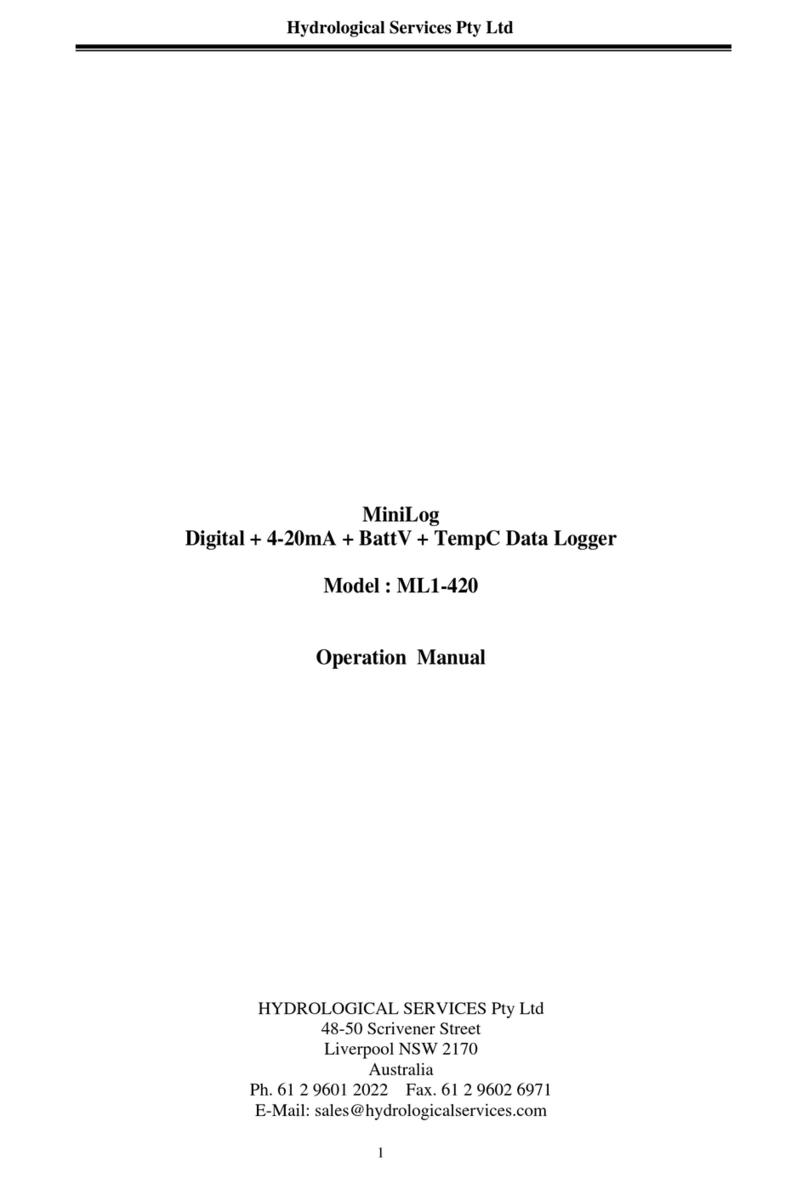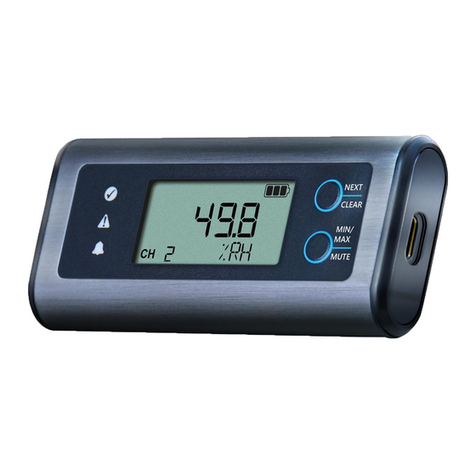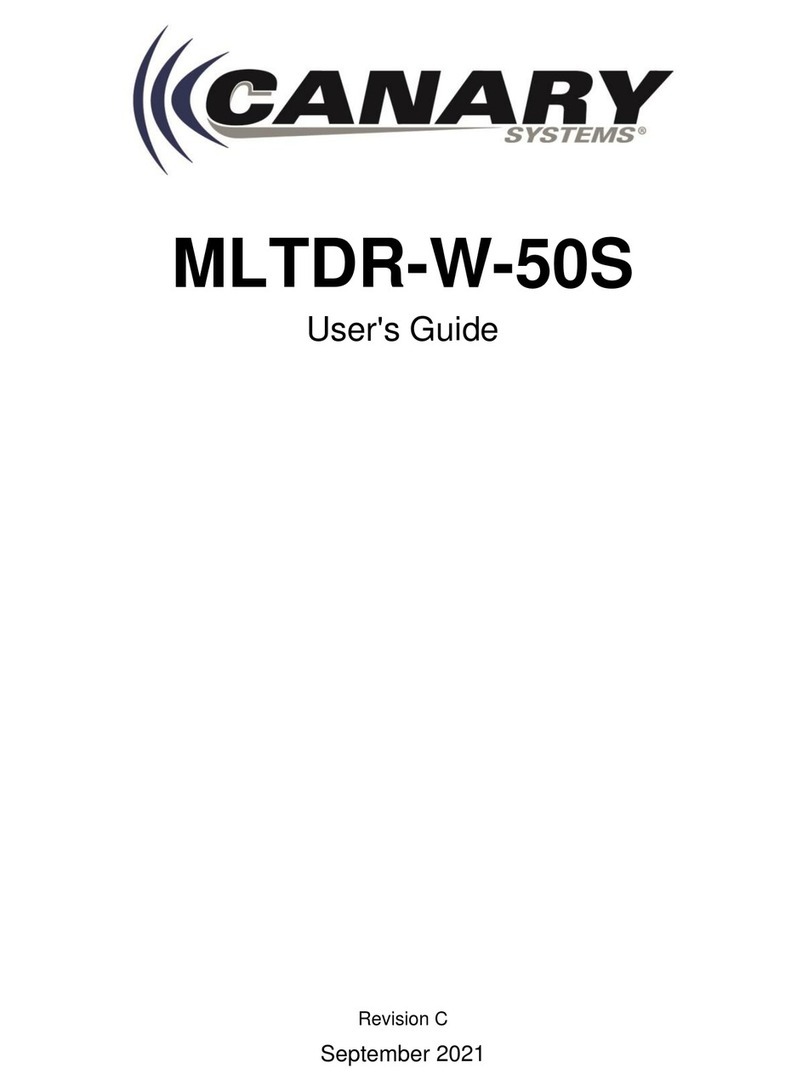SIAP+MICROS t026 TTEPRH Guide

t026 TTEPRH
Combined Air and Relative Humidity
User Manual and maintenance

User manual and maintenance
t026-di TTEPRH.docx
26/10/2023 2Vers.: 1.0
Summary
1Introduction ................................................................................................................................................ 3
2Technical specificaion ................................................................................................................................ 4
2.1 Operation scheme ............................................................................................................................. 5
3Installation and maintenance ..................................................................................................................... 6
3.1 Installation.......................................................................................................................................... 6
3.2 Maintenance ...................................................................................................................................... 6
4Electrical connection .................................................................................................................................. 7
4.1 Connector output ............................................................................................................................... 7
4.2 Connection cable ............................................................................................................................... 7
4.3 Data readinding in serial (RS485 Modbus and SDI-12) .................................................................... 9
4.3.1 RS485 Modbus mode .................................................................................................................... 9
4.3.2 SDI-12 mode.................................................................................................................................. 9
5Generic information ................................................................................................................................. 10
5.1 Safety............................................................................................................................................... 10
5.2 Appropriate use of the equipment ....................................................................................................11
5.3 Storage .............................................................................................................................................11
5.4 Moving ..............................................................................................................................................11
5.5 Disposal information .........................................................................................................................11
6Revision history ....................................................................................................................................... 12

User manual and maintenance
t026-di TTEPRH.docx
26/10/2023 3Vers.: 1.0
1Introduction
TTEPRH is a combined sensor for measuring air temperature and relative humidity. Temperature
measurement is taken using a platinum Pt100 resistance thermometer with a response curve compliant
with the DIN 43760 Class 1/3 standard and with a 4-wire connection.
The humidity measurement is obtained using a laser-cut capacitive polymer transducer connected
to an electronic signal conditioning board. The sensor is offered either in the TTEPRH-N version with
natural output for temperature (4-wire Pt100) and 0-1 V output for humidity, or in the I, V, S, 12 versions
(respectively in current, tension, serial Modbus and serial SDI -12 outputs).
Serial versions (Modbus or SDI-12) can provide, in addition to the air temperature and humidity
measurements, the values of dew and frost points as well. The sensor body is made out of corrosion-
resistant aluminum alloy and stainless steel screws. The sensing elements are protected from the external
radiation by a special non-hygroscopic screen made of an intrinsically anti-UV plastic material. Moreover,
thanks to its curvy-shape in section the internal natural ventilation is improved, ensuring an ideal environment
of
measure. These features allow the sensor to have a functioning not affected by the climate factors.
TTEPRH is supplied with power and signal cable (4 m)
Ordering Codes:
Natural output: .........................................................t026-TTEPRH-N
Current output:.........................................................t026a-TTEPRH-I
Tension output: ........................................................t026b-TTEPRH-V
RS485 Modbus output: ............................................t026c-TTEPRH-S
SDI-12 output:..........................................................t026h-TTEPRH-12

User manual and maintenance
t026-di TTEPRH.docx
26/10/2023 4Vers.: 1.0
2Technical specificaion
Measurement performance
Transducer
Pt100 1/3 DIN 43760
Measurement range
-30 ÷ 60 °C
Accuracy (natural output)
1/3 DIN 43760
Accuracy (current, tension, serial outputs)
1/3 DIN 43760 ± 0.1
Resolution
0.03
Operating conditions
Temperature
-30 ÷ 60 °C
Humidity
0 % ÷ 100 RH%
Outputs
Natural
Pt100 a 4 fili
0 ÷ 1 V ↔0% ÷ 100%
Current
4 ÷ 20 mA ↔-30 ÷ 60 °C
4 ÷ 20 mA ↔0% ÷ 100%
Tension
0 ÷ 2 V ↔-30 ÷ 60 °C
0 ÷ 1 V ↔0% ÷ 100%
RS485 MODBUS
Temperature, relative humidity, dew and frost
points
SDI-12
Temperature, relative humidity, dew and frost
points
Power supply and Consumption
Voltage supply (Except NATURAL output)
7 ÷ 30 Vdc
Power consumption
Min
Typical
Max
4 ÷ 20 mA
5
25
0 ÷2 V / RS485 MODBUS / SDI-12
1
3
Mechanical specifications
Protective body
Plastic material (ASA) and stainless-steel
screws
Electrical connections
4/7 male poles IP67

User manual and maintenance
t026-di TTEPRH.docx
26/10/2023 5Vers.: 1.0
Dimension:
H1 – maximum height: ~ 330 mm
H2 - Radiation Shield height: 190 mm
D1 – maximum diameter: 180 mm
D2 – fixing diameter: 40 mm
Element:
A – sensitive elements Temperature and TH%
B – Radiation Shield in ASA
C – fixing points to the stem
D – Stem of the sensor
Weight: 1,5 kg
2.1 Operation scheme
TTEPRH-N Version with natural output at Pt100 (Temperature) and 0÷1Vdc (Relative Humidity)
TTEPRH-I/V/S Version with 4÷20mA, 0÷Vdc and RS485 output

User manual and maintenance
t026-di TTEPRH.docx
26/10/2023 6Vers.: 1.0
3Installation and maintenance
3.1 Installation
The sensor must be installed on special
brackets which distance it sufficiently from
reflected heat sources (for example the same
support pole of the station) which could
influence its correct measurement.
For correct installation, the sensor should be
placed at a distance from the closest obstacle
(pylons, trees, buildings) equal to 10 times the
height of the obstacle itself, this to minimize
the effects of alteration of the normal air flow.
The sensor must be fixed to the plastic stem
with jumpers or similar elements having a diameter of 40mm.
Normally, according to WMO standards, the installation height of the sensor must be between 1.25 and 2
meters.
3.2 Maintenance
The temperature sensitive element does not require particular
maintenance operations, it is advisable to periodically check the
factory calibration with sample instruments.
While that of the relative humidity is subject to degradation in
relation to the time spent in the external environment and the air
quality conditions to which it is subjected: in severe pollution
conditions the sensitive element should be replaced after 5÷8
months, while in "normal" conditions its good functionality can
last up to a year.
A verification of the effectiveness of the measurement can be
evaluated by checking the humidity data in a rainy situation: if
the value varies between 97% and 99% it can be considered
that the sensitive element is still in good condition. It is good
practice to periodically check the measurements with standard
reference instruments (for example psychrometers).
To clean the shelter, remove the 3 covers of the fixing screws
see (1) figure, unscrew the 3 screws (2) with the washers (3)
and remove it from the sensor body. Clean it with water and a non-aggressive detergent and a normal non-
abrasive sponge (to avoid damaging the surface by scratching it).

User manual and maintenance
t026-di TTEPRH.docx
26/10/2023 7Vers.: 1.0
4Electrical connection
4.1 Connector output
Version with Natural Output (TTEPRH-N) e SDI-12 (TTEPRH-12)
Pin
Natural
output
SDI-12
output
1
Vcc
A-RS485
2
RH%
+0÷1 Vdc
B-RS485
3
RH%
-0÷1 Vdc
SDI-12 (data)
4
GND
+4÷20 mA
5
Temp.
I+
-4÷20 mA
6
Temp.
V+
SDI-12 (Vcc)
7
Temp.
I- ; V-
GND
Version with Output in Current (TTEPRH-I), Tension (TTEPRH-V) e RS485 (TTEPRH-S)
Pin
I
V
S
1
Vcc
Vcc
Vcc
2
Temp.
+4÷20 mA
Temp.
+0÷2 Vdc
B-RS485
3
RH%
+4÷20 mA
RH%
+0÷2 Vdc
A-RS485
4
GND
GND
GND
4.2 Connection cable
The connection cables supplied with the sensor are made with circular connectors with housing, 8x0.22 mmq
cable, 4x0.22 mmq cable, 6x0.22mmq, shielded and with ferrules for connection to the data logger terminals.
The braid is connected to the general ground lead.
Version with Natural Output (TTEPRH-N)
8 pole cable x 0.22mmq
Pin
1
2
3
4
5
6
7
7
Cable
Red
White
Green
Black
Orange
Yellow
Blue
Brown
Signal
Vcc
RH%
+0÷1Vdc
RH%
-0÷1Vdc
GND
Temp
I+
Temp
V+
Temp
V-
Temp
I-

User manual and maintenance
t026-di TTEPRH.docx
26/10/2023 8Vers.: 1.0
Cable for Current and Voltage Output (TTEPRH-I; TTEPRH-V)
6 pole cable x 0.22mmq
Pin
1
2
3
4
4
4
Cable
Red
White
Green
Black+Shield
Brown
Blue
Segnale
Vcc
Temp.
+4÷20 mA
+0÷2 Vdc
RH%
+4÷20 mA
+0÷2 Vdc
GND
Temp.
-4÷20 mA
-0÷2 Vdc
RH%
-4÷20 mA
-0÷2 Vdc
N.B.: the 2 signal masses (brown and blue wires) must both be connected when the sensor is connected to a
device that requires 2 distinct masses for the signals (for example galvanic insulators) otherwise only one
wire can be connected as common mass of both signals.
RS485 Serial Output Cable (TTEPRH-S)
4 pole cable i x 0.22mmq
Pin
1
2
3
4
Cable
Red
White
Green
Black+Shield
Signal
Vcc
B-RS485
A-RS485
GND
SDI-12 Serial Output Cable (TTEPRH-12)
8 pole cable x 0.22mmq
Pin
1
2
3
4
5
6
7
7
Cable
Red
White
Green
Black
Orange
Yellow
Blue
Brown
Signal
A-RS485
B-RS485
SDI-12
Data
-
-
SDI-12
Vcc
SDI-12
GND
GND

User manual and maintenance
t026-di TTEPRH.docx
26/10/2023 9Vers.: 1.0
4.3 Data readinding in serial (RS485 Modbus and SDI-12)
Sensors with RS485 Modbus or SDI-12 output send data only upon specific request from the PC, data logger
or PLC.
Below are the correct communication parameters of the device performing the interrogation.
4.3.1 RS485 Modbus mode
Serial port settings: 9600 baud, no parity, 8 data bit, 1 bit di stop
Compatible with ModBus RTU protocol, functions supported: “03 – read Holding Registers” e “04 – Read Input
Registers”.
Data type: “2 registers swapped float IEEE 754 in the form CDAB where A is the most significant byte of the
float and D is the less significant byte of the float (swapped float)”.
ID
Registers
Units
Reg. 1-2
Reg. 3-4
Reg. 5-6
Reg. 7-8
Reg. 9-10
Reg. 11-12
Reg. 13-14
3
1
°C
Temperature
Relative
Humidity
Dew
Point
Frost
Point
-
Diagnostic
Supply Voltage
3
%
-
5
°C
-
7
°C
-
4.3.2 SDI-12 mode
Serial port settings: 1200 baud, even parity, 7 data bit, 1 bit di stop
Supported commands (a = 3, sensor address)
?! Address Query
aI! Send Identification
aM! Start Measurement
aC! Start Concurrent Measurement
aD0! Send Data
a
Position
Units
Decimals
Position 1
Position 2
Position
3
Position 4
Position 5
Position 6
Position
7
3
1
°C
2
Temperature
Relative
Humidity
Dew
Point
Frost
Point
Diagnostic
Supply
Voltage
-
2
%
0
-
3
°C
2
-
4
°C
2
-

User manual and maintenance
t026-di TTEPRH.docx
26/10/2023 10 Vers.: 1.0
5Generic information
The qualitative level of our instruments is the result of a continuous evolution of the product. This may cause
differences between what is reported in the manual and the instrument you have purchased.
Siap+Micros S.p.A. reserves the right to modify without notice technical specifications and dimensions to adapt
them to the needs of the product.
5.1 Safety
Please read these safety instructions carefully before using this product:
•The warranty will be void if the product is used differently from the instructions described in this manual.
•Any sign of tampering will void the warranty
•Use the devices only according to the instructions (environmental management, operation, wiring,
installation, etc.) provided in this manual
•The correct and safe operation of the device can only be guaranteed if the transport, storage, operation
and management of the device are compliant. This also applies to product maintenance.
•The device shall not be exposed to aggressive chemicals or solvents that could damage the plastic
casing and/or corrode the metal parts.
•Maintenance should only be performed by qualified and well trained personnel.
It is appropriate to carry out a careful risk assessment in relation to the context of installation and use of the
device by the installer considering the possible meteorological station in its complexity without being limited to
the sensor.
The instruments must be installed according to the rules of the trade, with equipment that complies with
applicable regulations and using supports correctly sized by qualified technicians and designed for the specific
purpose.
During installation operations, check the suitability of the surrounding environment and compliance with local
safety regulations.
The manufacturer declines all responsibility in case of failure due to negligence of the instructions, tampering,
uses not described in this manual, improper use, use by operators not trained.
Read the instructions and intended use carefully and be sure you understand before installing the device
Before starting the activities, check the integrity of the instrument to be installed, prepare the equipment
necessary for the work and wear the necessary PPE.
Take adequate measures to prevent the access of foreign personnel (untrained and uninformed) during the
installation, maintenance or replacement of the instrument.
Take precautions to avoid falling objects, both during the installation phases and during the operation of the
instrument.
Do not perform any activity in bad weather conditions.

User manual and maintenance
t026-di TTEPRH.docx
26/10/2023 11 Vers.: 1.0
During maintenance, particularly if the station is not frequented, visually check for the absence of dangerous
insects and, if not, use suitable insecticides.
Consider the presence of any animals near the station, if so, pay attention to them.
Use only SIAP+MICROS original spare parts
The instrument is not classified suitable (according to Directive 2014/34/EU) for use in atmospheres with
potential explosion risk pursuant to Directive 99/92/EC.
SIAP+MICROS strives to minimize health and safety risks in all phases of the instrument's life, including
installation, use, maintenance, decommissioning and disposal.
5.2 Appropriate use of the equipment
Use the instrument for its intended purpose, do not use it for any other purpose or cause malfunctions and/or
damage.
5.3 Storage
If you do not plan to use the equipment for an extended period of time (at least one year) disconnect all cables
from the equipment, place it in a clear plastic bag along with a bag of desiccant salts and seal the bag with
tape. Put appropriate indication on the bag of the contents and weight of the equipment by inserting the wording
"HANDLE WITH CARE".
Store the instrument in an environment with a temperature between 0°C and 60°C with a humidity not
exceeding 80%. Make sure that the instrument is stored in a stable position and that it cannot be damaged or
moved by inexperience or carelessness. Do not stack other tools or weights. Do not place the instrument on
top of other instruments and in any case ensure the solidity and stability of the underlying support.
Non esporre, stoccare lo strumento in ambienti con presenza di vapori e/o gas corrosivi.
5.4 Moving
In order to avoid any damage to the device during transportation, please keep it in upright position without
shaking.
5.5 Disposal information
Electrical and electronic equipment marked with specific symbol in compliance with 2012/19/EU
Directive must be disposed of separately from household waste. European users can hand them
over to the dealer or to the manufacturer when purchasing a new electrical and electronic
equipment, or to a WEEE collection point designated by local authorities. Illegal disposal is
punished by law.
Disposing of electrical and electronic equipment separately from normal waste helps to preserve natural
resources and allows materials to be recycled in an environmentally friendly way without risks to human health.

User manual and maintenance
t026-di TTEPRH.docx
26/10/2023 12 Vers.: 1.0
6Revision history
The following table shows the description of the changes made to this document.
Version
Date
Updates
1.0
05/06/2023
Current version of the document.
All the information content in this document are the current available at the printing phase. Siap+Micros S.p.A. reserve the rights to change
the specifications without any advance notice
Table of contents
Other SIAP+MICROS Data Logger manuals
